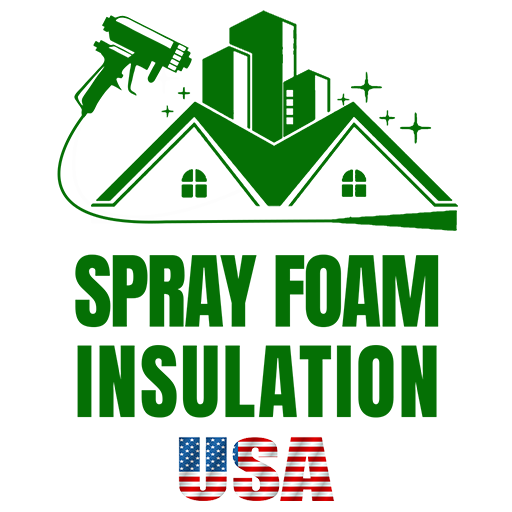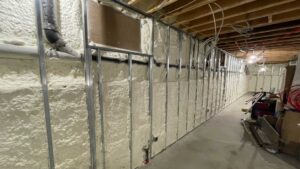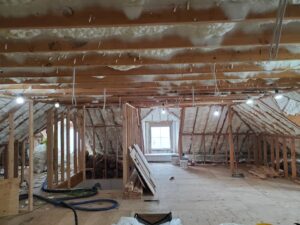When we are building our future home, we want to make sure all bases are covered and we’re making the safest and best choices possible. So, when the inevitable matter of insulation arises, it’s no wonder that you fall down the rabbit hole of finding the best option.
That’s where spray foam comes in as a pretty popular option. You might have seen the photos or heard from some of your friends about its pros, but aren’t quite convinced about its effectiveness, or you simply need a more in-depth explanation of how it works.
Either way, you’re in the right place.
Here are all the spray foam insulation benefits and application rules to help you decide if it’s the right option for you.
Let’s jump into it!
What is Spray Foam Insulation
Spray foam insulation is an alternative form of insulation that’s been around since the mid-80s, known for its incredibly practical application and great results.
As its name says, it is in the form of a spray, making it easy to apply to relatively inaccessible areas or areas with an awkward shape – corners, curves, and voids. It is made of polyurethane and expands to the required thickness after it sets from its liquid form.

Benefits of Using Spray Foam
Aside from the obvious – ease of application, spray foam has many other benefits. Here are the most prominent ones:
- Lower utility expenses. Because it creates a seamless barrier around the home, it prevents draughts and condensation, allowing for up to 50% savings on your yearly utilities.
- Quick installation. The expert crew can apply spray foam quickly, leaving plenty of time for other work to be done. Aside from that, spray foam insulation sets in a matter of seconds to minutes, so you don’t have to spend days waiting to move on with building or renovating.
- No mold or mildew growth. This type of insulation is made from an inert polymer, meaning that it’s not a good surface for mold, mildew, or bacteria to grow on and feed from.
- It doesn’t attract insects. Spray foam is synthetic and sets hard, making it unappealing to insects and rodents, unlike its traditional counterpart, fiberglass, can.
Spray Foam Application
Here are the main activities needed to be done for a successful application of spray foam:
- Get protective clothing and equipment. Harmful gasses are released during the application process, so get yourself a mask and some protective gear.
- Prepare the area. First and foremost, you have to remove any previous insulation from the area, clean it, and make sure it’s dry and free of dust.
- Choose the right type of spray foam insulation. Open-cell insulation is mostly used in commercial and industrial buildings, while closed-cell is typically used in residential areas.
- Mix the insulation. Follow the instructions on the product you choose and make sure that the ratio is properly measured.
- Fill the machine. Pour the mix into your spray foam machine to the prescribed amount.
- Apply. Watch the magic happen before your very eyes as the area is covered and sealed, while small cracks are filled forever!
Don’t hesitate to give Spray Foam Insulation USA a call – they will do the job safely and efficiently in no time! Contact us today!





